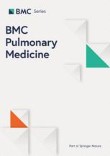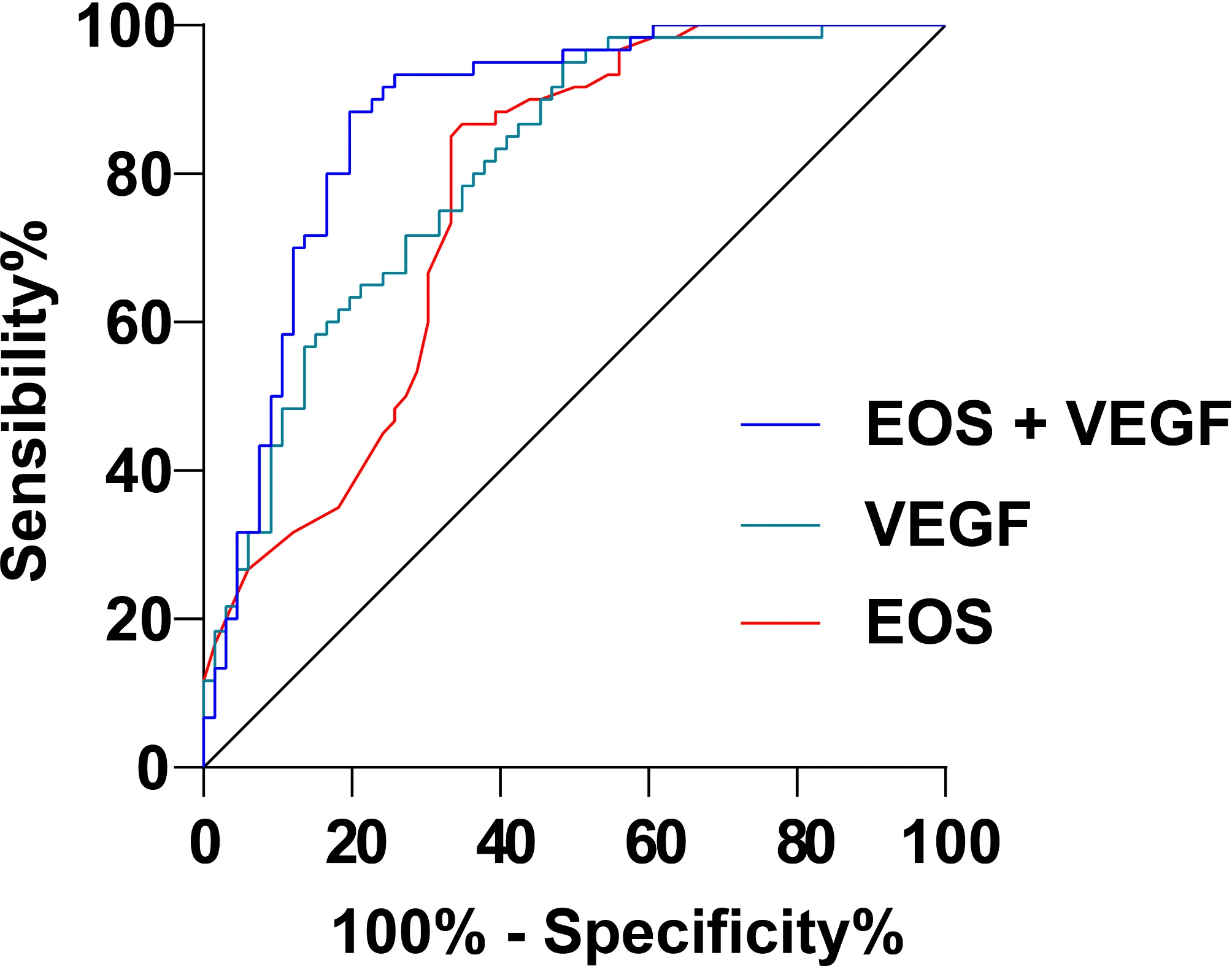
Liu, L., Zhang, C., Xu, J. et al. BMC Pulm Med 25, 242 (2025). https://doi.org/10.1186/s12890-025-03485-4
Abstract
Objective
To probe the diagnostic value of direct eosinophils (EOS) count and vascular endothelial growth factor (VEGF) in bronchial asthma (BA) and their correlation with inflammatory factors and lung function indicators.
Methods
A total of 66 patients with BA (BA group) were retrospectively gathered, who were further divided into mild (n = 25), moderate (n = 31), and severe (n = 10) subgroups based on asthma severity. Additionally, 60 healthy individuals undergoing physical examinations during the same period were enrolled as the normal group. The EOS count, serum VEGF, inflammatory factors [interleukin-6 (IL-6), interleukin-7 (IL-7), interleukin-10 (IL-10)], and lung function indicators [forced expiratory volume in one second (FEV1%) as a percentage of the predicted value, FEV1/forced vital capacity (FVC)] were compared among different groups. Spearman correlation analysis was performed to assess the correlation between EOS count, serum VEGF, and inflammatory factors, as well as lung function indicators in the BA group. Receiver operating characteristic (ROC) curves and Delong’s test were adopted to analyze the diagnostic value of EOS and VEGF individually and in combination for BA and the severity of BA.
Results

Versus the normal group, the BA group exhibited higher EOS count and serum levels of VEGF, IL-6, and IL-7, but lower levels of IL-10, FEV1%, and FEV1/FVC. In the severe subgroup, EOS count and serum VEGF, IL-6, and IL-7 levels were higher than those in the moderate and mild subgroups, while the moderate subgroup had higher values than the mild subgroup. IL-10, FEV1%, and FEV1/FVC were lower in the severe subgroup versus the moderate and mild subgroups, and the moderate subgroup had lower levels than the mild subgroup (all p < 0.05). Spearman correlation analysis unveiled positive correlations between EOS count and VEGF with IL-6 and IL-7 (r > 0, p < 0.05), but negative correlations with IL-10, FEV1%, and FEV1/FVC (r < 0, p < 0.05). ROC curve analysis displayed that the areas under the curve (AUCs) for EOS count and serum VEGF individually in diagnosing BA were 0.767 and 0.807. The AUC for the combined diagnosis of both (0.875) was significantly greater than the AUC for each test used alone (p < 0.05). The AUC for using EOS count alone to diagnose the severity of BA in patients was 0.936, while the AUC for using serum VEGF alone was 0.963. The AUC for the combined diagnosis of both (1.000) was significantly greater than the AUC for EOS count alone (p < 0.05).
Conclusion
There is a correlation between EOS count, serum VEGF, inflammatory levels, and lung function indicators in patients with BA. The combined detection of EOS count and serum VEGF levels has guiding significance for clinical diagnosis and disease assessment.
